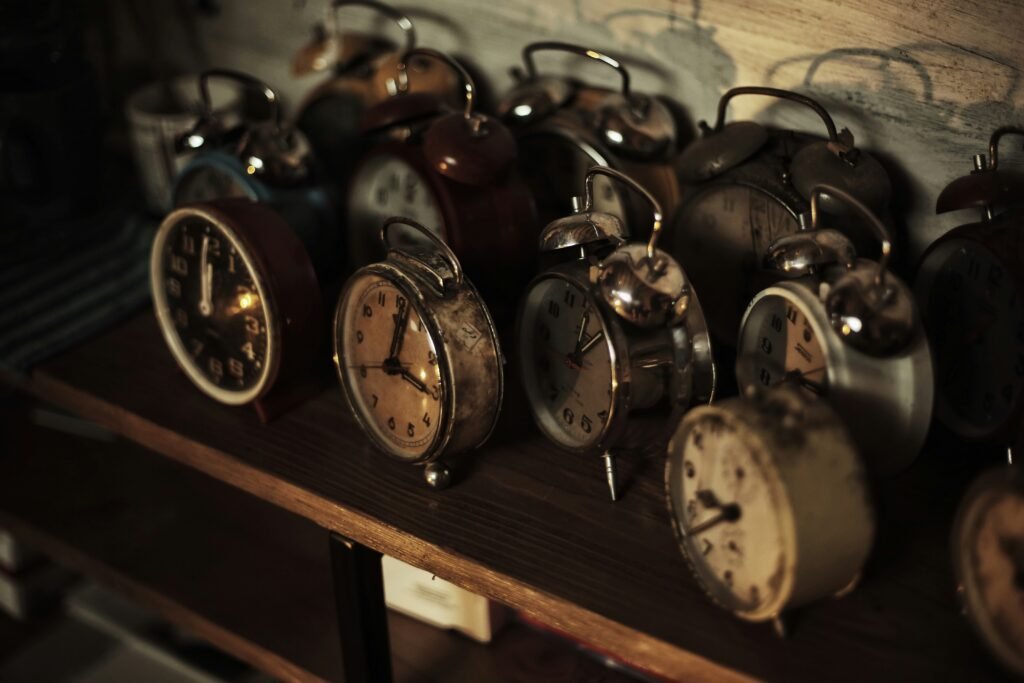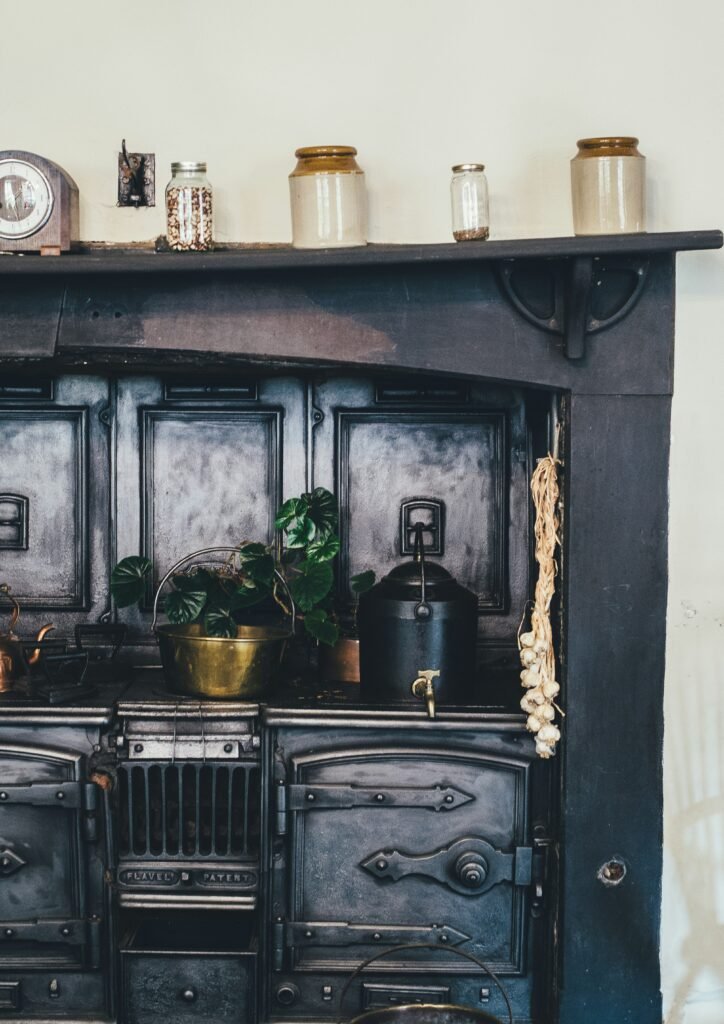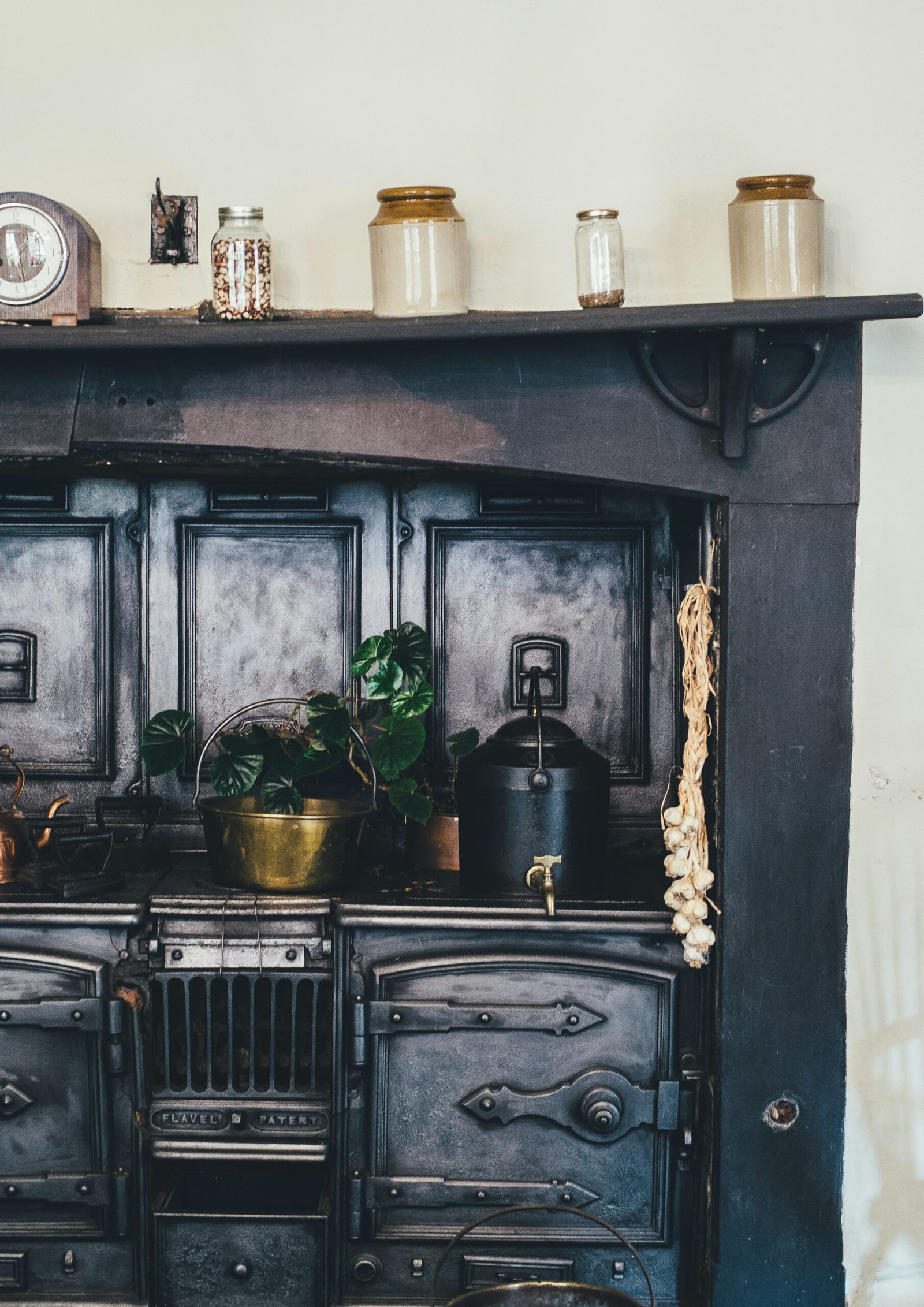Have you ever been fascinated by the intricate beauty of antique clocks? Do you dream of owning and preserving one for yourself? In this article, you’ll learn all about how to revive the timeless beauty of antique clocks and keep them in pristine condition for generations to come. Let’s get started on this exciting journey together!

This image is property of images.unsplash.com.
Understanding the Beauty of Antique Clocks
Antique clocks hold a special charm that modern timepieces simply can’t replicate. From the intricate designs of the clock faces to the delicate workings of the mechanisms, every part of an antique clock tells a story of craftsmanship and history. By preserving these treasures, you’re not just caring for a piece of furniture—you’re preserving a piece of art.
The History of Antique Clocks
Antique clocks have been a part of human history for centuries, with some of the earliest known examples dating back to the 14th century. These timepieces were much more than just functional objects—they were status symbols, works of art, and technological marvels of their time. As you care for your antique clock, you’re not just maintaining a piece of history—you’re continuing a legacy that spans generations.
The Unique Beauty of Antique Clocks
One of the most striking aspects of antique clocks is their unique beauty. From ornate wooden cases to intricate metal detailing, these clocks are a feast for the eyes. Each clock has its own personality and story to tell, making them not just functional objects, but pieces of art that can elevate any room they’re in. By preserving the beauty of antique clocks, you’re not just maintaining their appearance—you’re keeping their stories alive.
Preserving Antique Clocks: A Step-by-Step Guide
Preserving antique clocks requires a delicate touch and a good understanding of the clock’s mechanisms. By following these steps, you can ensure that your antique clocks remain in pristine condition for years to come.
Step 1: Cleaning and Dusting
One of the most important steps in preserving antique clocks is regular cleaning and dusting. Dust can cause damage to the delicate mechanisms of the clock, so it’s vital to keep the clock clean. Use a soft, lint-free cloth to gently dust the clock face, hands, and case. Be sure to avoid using harsh chemicals or abrasive cleaners, as these can damage the clock’s finish.
Step 2: Lubricating the Mechanisms
Antique clocks rely on intricate mechanisms to keep time accurately. Over time, these mechanisms can become stiff or sluggish, leading to inaccurate timekeeping. By lubricating the gears and moving parts of the clock, you can ensure that it continues to run smoothly and keep accurate time. Be sure to use a high-quality clock oil and follow the manufacturer’s instructions for proper lubrication.
Step 3: Checking for Damage
Regularly inspect your antique clock for any signs of damage or wear. Look for cracks in the case, loose or missing parts, or any other issues that could affect the clock’s function. If you notice any damage, it’s essential to address it promptly to prevent further deterioration. Whether it’s a broken spring, a loose screw, or a chipped finish, taking care of these issues quickly can help preserve the clock for years to come.
Step 4: Setting the Clock Properly
Properly setting an antique clock is crucial to its long-term preservation. Avoid moving the hands of the clock backward, as this can damage the delicate gears and mechanisms. Instead, move the hands of the clock forward until the correct time is displayed. If your clock has a striking mechanism, be sure to follow the manufacturer’s instructions for setting the chimes to prevent damage.

This image is property of images.unsplash.com.
Common Issues with Antique Clocks and How to Fix Them
Despite your best efforts to preserve your antique clock, issues can still arise over time. Here are some common problems that antique clock owners face and how to address them effectively.
Issue: Overwound Clock
An overwound clock is a common issue that can occur when the clock is wound too tightly, causing the mainspring to become stuck. This can prevent the clock from running correctly and may even cause damage to the mechanisms.
Solution: If you suspect that your clock is overwound, stop trying to wind it immediately. Consult a professional clock repair technician to release the tension in the mainspring safely and ensure that the clock is in proper working order.
Issue: Tarnished Clock Face
Over time, the clock face of an antique clock can become tarnished or discolored, affecting its appearance and readability. This is a common issue with brass or metal clock faces that can detract from the beauty of the clock.
Solution: To clean a tarnished clock face, use a soft cloth and a mild brass or metal cleaner. Gently polish the clock face in a circular motion to remove tarnish and restore its shine. Be sure to avoid harsh chemicals or abrasive cleaners, as these can damage the clock face finish.
Issue: Stopped Clock Movement
If your clock has stopped running or is running erratically, it may be due to issues with the clock movement. This can be caused by a variety of factors, including dirt and debris, worn-out parts, or improper lubrication.
Solution: Start by cleaning the clock movement with a soft brush to remove any dirt or debris that may be causing the issue. If the clock still doesn’t run correctly, consult a professional clock repair technician to diagnose and repair the problem. They can replace worn-out parts, lubricate the mechanisms properly, and ensure that your clock runs smoothly once again.
Tips for Displaying and Caring for Antique Clocks
Displaying and caring for antique clocks requires a delicate touch and proper maintenance to keep them looking beautiful and running smoothly. Here are some tips to help you showcase your antique clocks and preserve them for years to come.
Tip 1: Proper Placement
When displaying antique clocks, it’s essential to place them in a location that is stable, secure, and away from direct sunlight, extreme temperatures, or humidity. Sunlight can fade the finish of the clock, while temperature fluctuations and humidity can affect the clock’s mechanisms. Choose a stable surface, such as a sturdy mantel, shelf, or table, to display your antique clock safely.
Tip 2: Regulate Temperature and Humidity
Antique clocks are sensitive to changes in temperature and humidity, which can affect their accuracy and condition. To preserve your clocks, keep them in a room with stable temperature and humidity levels. Avoid placing them near heating or cooling vents, drafty windows, or other sources of extreme temperatures or humidity. By regulating the environment around your clocks, you can help maintain their beauty and functionality for years to come.
Tip 3: Rotate Clocks Regularly
To prevent uneven wear and tear on your antique clocks, consider rotating them regularly. By rotating the clocks every few months, you can ensure that all parts of the clock receive equal exposure and use. This can help prevent one side of the clock from becoming faded or worn while keeping the mechanisms running smoothly.

This image is property of images.unsplash.com.
Conclusion: Preserving the Timeless Beauty of Antique Clocks
As you’ve learned throughout this article, preserving and restoring antique clocks is a labor of love that requires dedication and care. By following the steps outlined here and implementing the tips provided, you can ensure that your antique clocks remain in pristine condition and continue to tell their unique stories for years to come. Remember to clean, lubricate, inspect, and display your antique clocks with care, and you’ll be able to enjoy their timeless beauty for generations to come. Thank you for joining us on this journey through the world of antique clocks!
